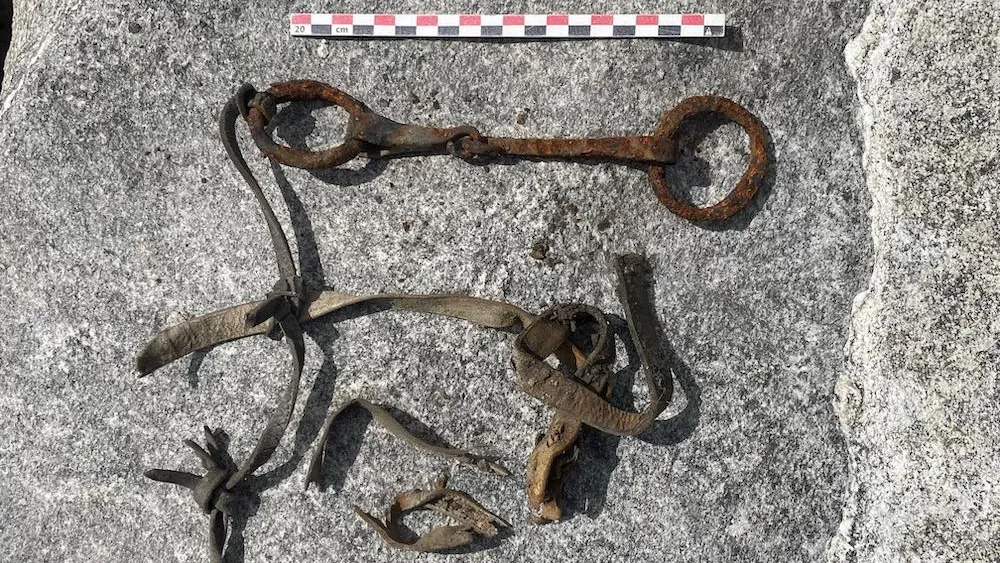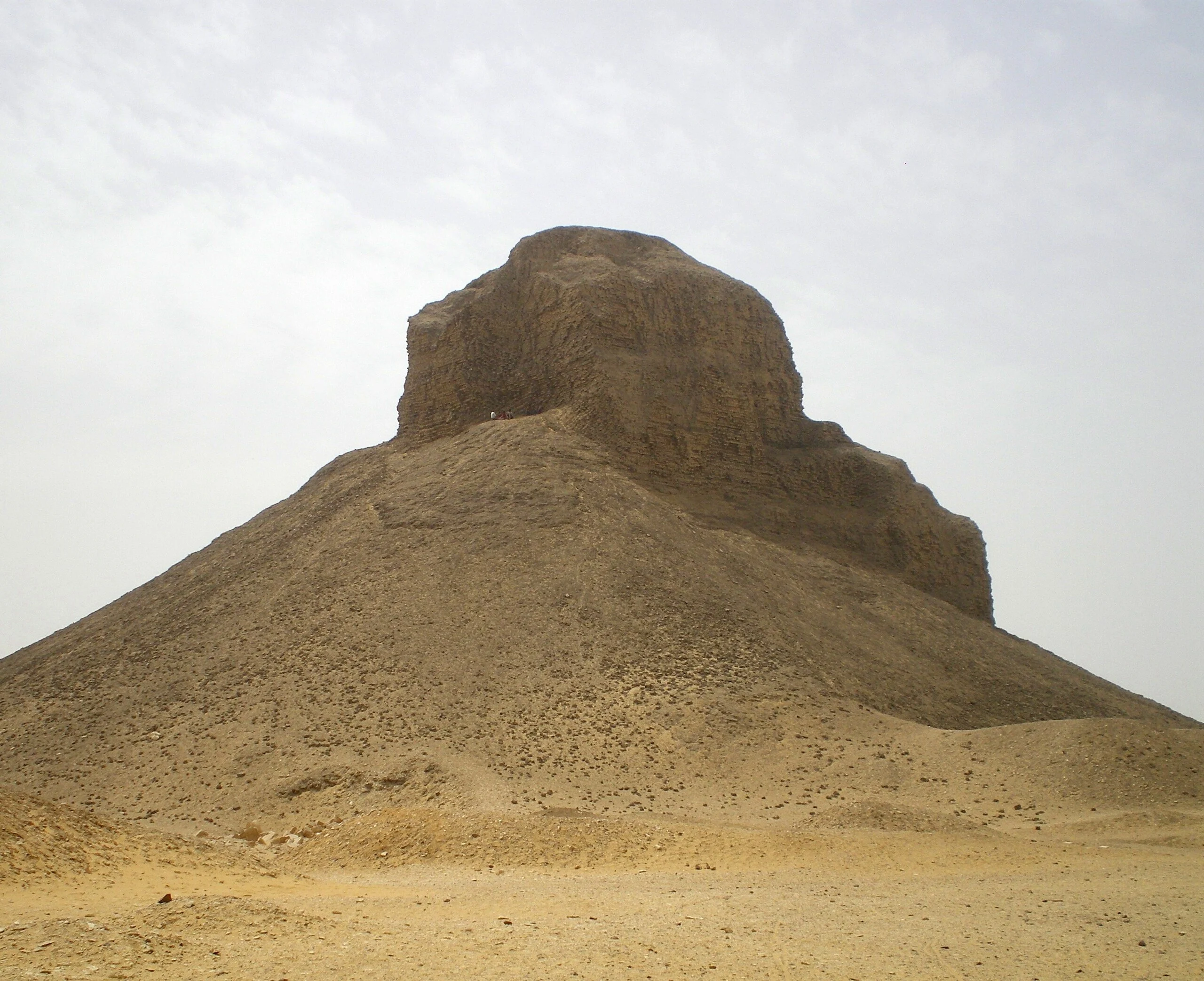
An iron horseshoe and bridle were discovered by melting ice in the Norwegian mountains, and they may date back to the Viking Age, which ended some 1,000 years ago.
On September 7th, archaeologists took to Facebook to share the news of their find. According to them, “We have just made an incredible discovery on the south side of Lendbreen Pass: an iron bit with parts of the leather bridle preserved!” It’s possible that it dates back to the Viking era, when travel via the route was at its pinnacle.
Melting Ice Reveals Viking Secrets in Norway’s Depths
The artefacts were discovered after an unusually high rate of ice melt over the region this summer, which the Miami Herald attributes to the unusually high temperatures.
“This is a place where travellers would have used the snow of the gorge for a comfortable walk rather than struggling among the stones in the scree,” Lars Holger Pil, co-director from Secrets. of the Ice, a Norway-based glacial archaeology programme, told Live Science in an email. The snow and ice have preserved many artefacts that they left behind in the gorge.
Facebook video includes a scholar who says, “Finding the leather parts of the bridle is extremely rare.”
Pil stated that “the shape of the flange makes dating difficult” and that more study was required. Although its exact age is unknown, scholars think it dates back to the Viking period (793-1066 AD).
Secrets of the Ice claimed in a September 12 post on X (previously Twitter) that horseshoes were invented in Norway in the eleventh century.
According to the Secrets of the Ice website, Lendbreen Pass was a major route during the Viking Age and is famous for the abundance of artefacts that have been uncovered there over the years, including Viking Age spears, ancient horse excrement, and horse bones.
To date, “we have 4,000 discoveries,” Pil told Live Science, and “we now have 66 locations.” “Mountain ice is melting because of human-caused climate change, and that’s why we’re finding all these new things. The artefacts have been preserved in ice in a massive ancient freezer. Time is of the essence once they begin to dissolve. They are plentiful among us. Even if greenhouse gases are already in the atmosphere, the majority of the ice in the Norwegian Alps will melt this century.



